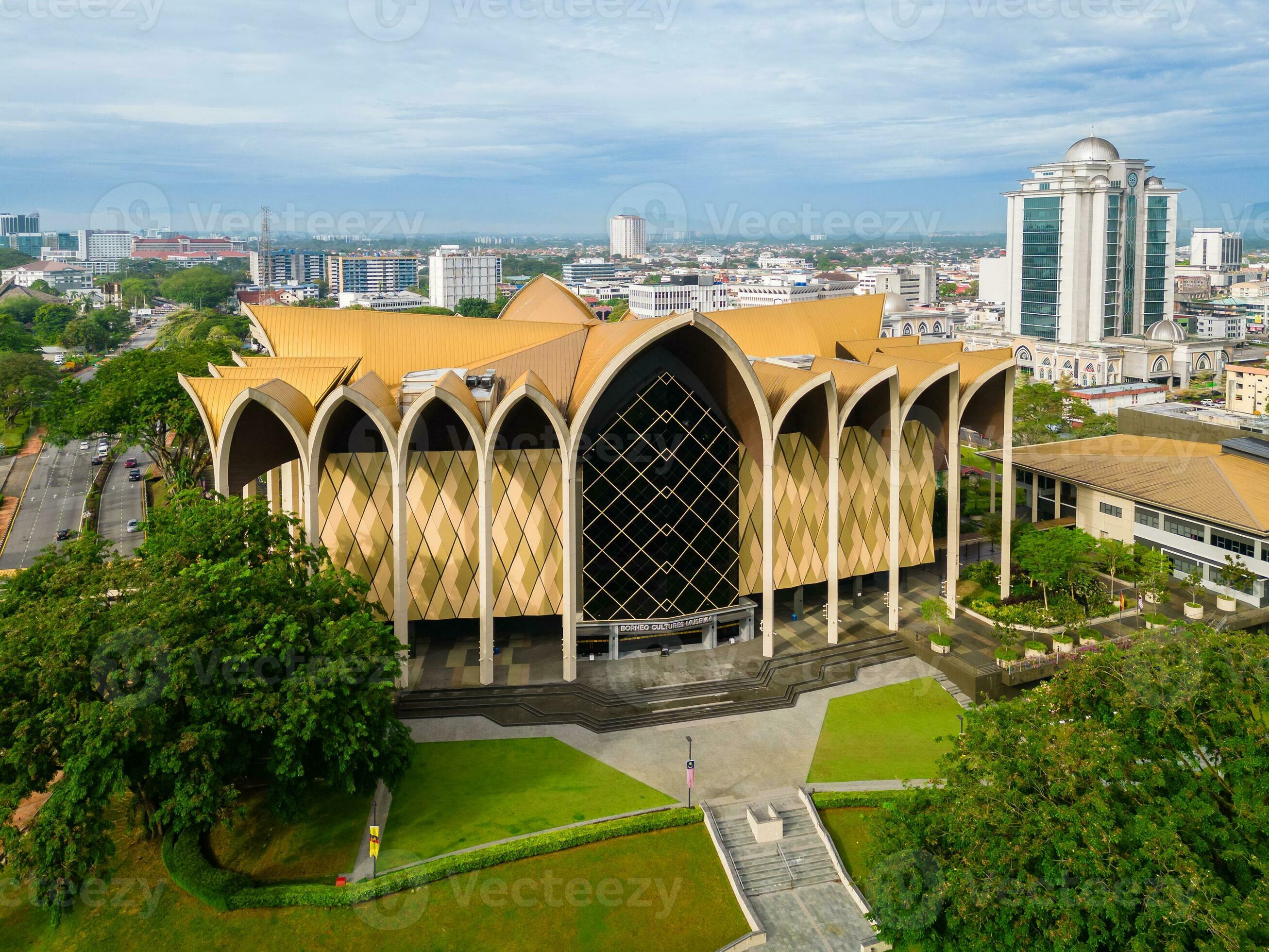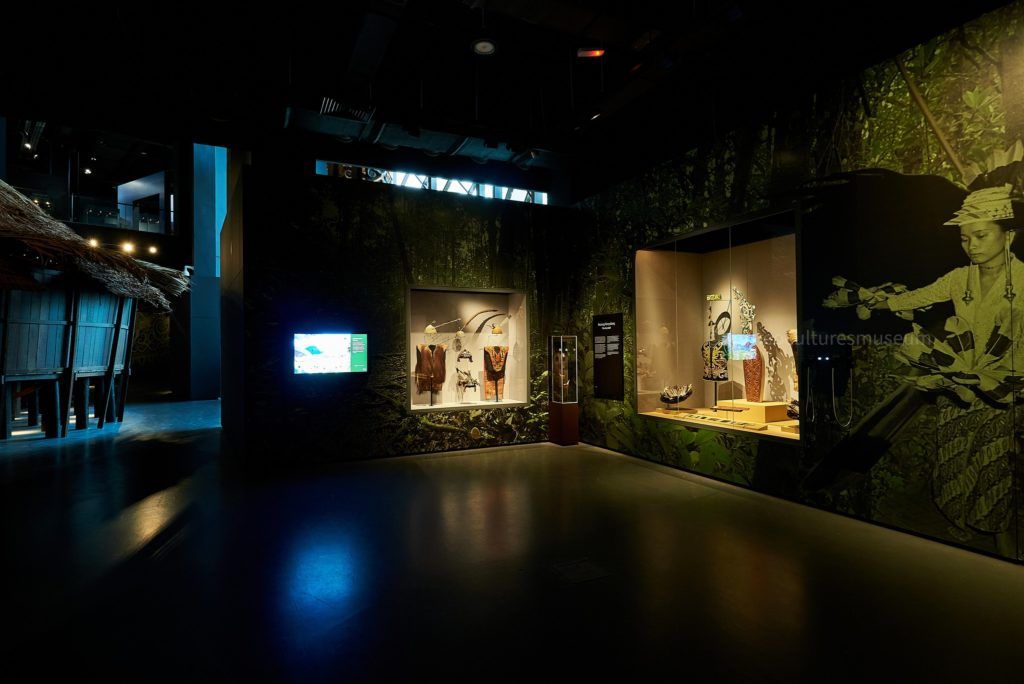Discover the Essence of Borneo Cultures Museum
Discover the Essence of Borneo Cultures Museum
Blog Article
Explore the Remarkable Globe of Borneo's Cultural Heritage: A Comprehensive Overview to the Cultures Gallery Experience
Submersing oneself in the elaborate tapestry of Borneo's cultural heritage is similar to starting a trip through time and tradition. The fusion of aboriginal tribes, typical handicrafts, fascinating performances, and historic narratives housed within the confines of the island's galleries uses a peek into a world including dynamic customizeds and extensive legacies. As visitors traverse through these databases of culture, they are bid to explore a world where past and present intermingle, welcoming contemplation on the resilience and splendor of Borneo's varied heritage.
Indigenous People of Borneo
Borneo is home to over 50 indigenous tribes, each with unique social methods and traditions that have actually been protected for generations. Among these tribes are the Iban, understood for their elaborate tattoos and conventional longhouses where several households reside. The Dayak people, another famous group, take part in sophisticated spiritual events and are skilled craftsmens, crafting elaborate timber makings and woven textiles. The Penan tribe, on the other hand, are nomadic hunter-gatherers with a deep link to the rain forest, using blowpipes for searching and gathering wild plants for nutrition.
These indigenous people play an important function in preserving Borneo's abundant social tapestry. In spite of outside impacts and modernization, lots of tribes remain to support their ideas, customs, and languages. Visitors to Borneo have the chance to involve themselves in the distinct way of lives of these people with social trips, homestays, and community-based tourism campaigns. By engaging with these indigenous neighborhoods, visitors can acquire a deeper gratitude for the diversity and resilience of Borneo's native heritage.
Conventional Handicrafts and Artefacts

One prominent instance of traditional handicrafts in Borneo is the manufacturing of woven goods - Borneo Cultures Museum. Experienced weavers use all-natural fibers like bamboo, pandan, and rattan entrusts to produce intricate baskets, mats, and devices adorned with vivid patterns that hold symbolic significances within the community
The art of woodcarving is one more substantial aspect of Borneo's typical handicrafts. Craftsmens sculpt detailed styles right into various kinds of wood to create masks, sculptures, and music instruments that not only serve useful purposes but likewise hold social importance, usually depicting mythology or spiritual ideas.
Additionally, Borneo is renowned for its beadwork, with craftsmens meticulously crafting beads from materials like glass, seeds, and shells to develop jewelry, clothing embellishments, and attractive products that display the region's vibrant aesthetic practices. These conventional handicrafts and artifacts not just function as concrete expressions of Borneo's social heritage yet additionally give understandings right into the communities' beliefs, values, and means of life.

Social Performances and Festivals
With an ingrained link to their cultural practices, the areas in Borneo come alive via dynamic social performances and festivals that commemorate their heritage. These events showcase the abundant diversity of Borneo's ethnic teams, each offering special dances, music, and rituals that have actually been passed down through generations. Among one of official source the most distinguished festivals is the Gawai Dayak, commemorated by the Dayak people to note the rice gathering period. During this event, typical songs fills up the air, intricate dancings are carried out, and elaborate traditional costumes are worn. An additional considerable event is the Pesta Kaamatan, celebrated by the Kadazandusun neighborhood to appreciate for the rice harvest. This event features cultural efficiencies, read the article including the Sumazau dance, and typical sporting activities like the bamboo dance. Visitors to Borneo can immerse themselves in these celebrations, getting a much deeper understanding of the region's cultural heritage and experiencing the warm friendliness of its people. Social performances and celebrations function as a dynamic reminder of Borneo's abundant cultural tapestry and the value of preserving these customs for future generations.
Historic Stories and Artefacts
Exploring the historical stories and artifacts of Borneo supplies a fascinating glimpse into the region's rich past and social evolution. Borneo's historical tapestry is woven with diverse impacts, showing the interactions between indigenous people, Chinese traders, European colonizers, and Malay sultanates. The artifacts discovered in Borneo display this complex history, varying from standard crafts like detailed beadwork and woodcarvings to historical treasures such as old ceramic and tools.
One of one of the most compelling aspects of Borneo's historic narratives is the preservation of dental customs passed down with generations. These stories provide understandings into the beliefs, customizeds, and every day lives of Borneo's citizens throughout the centuries. Furthermore, the artifacts discovered from archaeological websites offer tangible connections to these narratives, allowing site visitors to witness the product society of past cultures firsthand.
Contemporary Cultural Conservation Efforts

In addition, instructional programs and social exchange activities play a critical function in elevating understanding about the importance of maintaining Borneo's unique social heritage. By involving schools, museums, and the wider area in conversations and tasks that celebrate Borneo's varied cultures, preservation efforts can gain energy and support for long-term sustainability. Collaborations in between governmental bodies, charitable organizations, and neighborhood neighborhoods are necessary in driving these preservation ventures onward, guaranteeing that Borneo's abundant cultural heritage continues to be lively and valued for generations ahead.
Conclusion
In final thought, the cultural heritage of Borneo is diverse and rich, with native people, traditional inventions, cultural performances, festivals, historical narratives, and modern conservation efforts all adding to its uniqueness and relevance. Visitors to Borneo's social museums can obtain a deeper understanding and admiration of the region's cultural heritage, enabling for a more immersive and informing experience.
Immersing oneself in the detailed tapestry of Borneo's cultural heritage is akin to getting started on a voyage via time and tradition.With an ingrained connection to their cultural customs, the communities in Borneo come active through lively social efficiencies and celebrations that commemorate their heritage. Social performances and celebrations offer as a dynamic reminder of Borneo's rich social tapestry and the importance of protecting these practices for future generations.
Moreover, academic programs and social exchange tasks play a critical role in increasing recognition about the value of preserving Borneo's distinct cultural heritage. Partnerships in between governmental bodies, charitable companies, and neighborhood neighborhoods are important in driving these conservation ventures forward, making sure that Borneo's rich cultural heritage stays vivid and cherished for generations to come.
Report this page